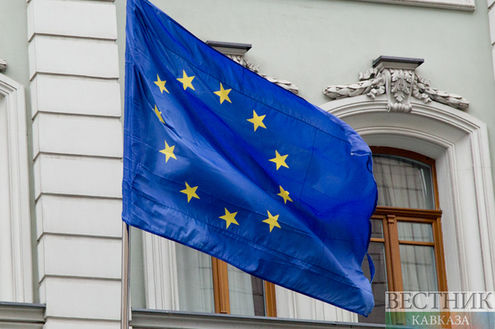The ruble strengthened last night as a result of trading at the Moscow Stock Exchange.
Thus, the dollar has fallen in price by 8 cents and reached 68.45 rubles.
The euro has fallen by 31 kopecks to 76.5 rubles.
Against this background, Bloomberg experts issued a statement that the Russian national currency was the leader in respect of its growth during the month among other currencies. They noted that the ruble has been continuously strengthening for six weeks in a row, adding 11% during this period.
Analysts have noted that the recent decline in oil prices, which fell below $40 per barrel, didn’t prevent the ruble from growing. They explained this by the fact that the high point of the Russian tax period is to come to an end on March 30th. Companies that work in the country should make payments in the amount of about 1.3 trillion rubles, which allows the Russian currency to stay afloat despite hydrocarbons becoming cheaper.
"Oil was trading at about $40 during the last few weeks, and this means that the ruble is likely to remain in the corridor from 67 to 69 rubles per dollar," the agency cites Promsvyazbank analyst Alexey Egorov.
Bloomberg experts are not the only ones who are optimistic about the future prospects of the ruble.
In particular, analysts of the Goldman Sachs investment bank should revise their earlier forecast in the direction of improvement due to the background situation in the market. If they had believed that during the next three months the dollar would remain at the level of 80 rubles, after six months it would will fall to 75 rubles, and after a year to 66 rubles. Then the experts lowered the bar to 70 roubles now, 66 and 62 rubles respectively.
"The ruble is still undervalued and it is good history for the carry trade,’’ they said.
Representatives of Goldman Sachs Bank of Russia mentioned the desire to postpone the lowering the key rate among the factors that influence the strengthening of the ruble.
Strategist of Danske Bank in Helsinki Vladimir Miklashevsky sticks to a similar opinion. ‘‘In terms of an increase in oil prices the ruble remains the best currency tool among oil-producing countries. Oil futures now point to a further strengthening, and the absence of domestic demand for foreign currency reinforces this trend,’’ he said.






